Head impact sensors show promise, but shortcomings abound
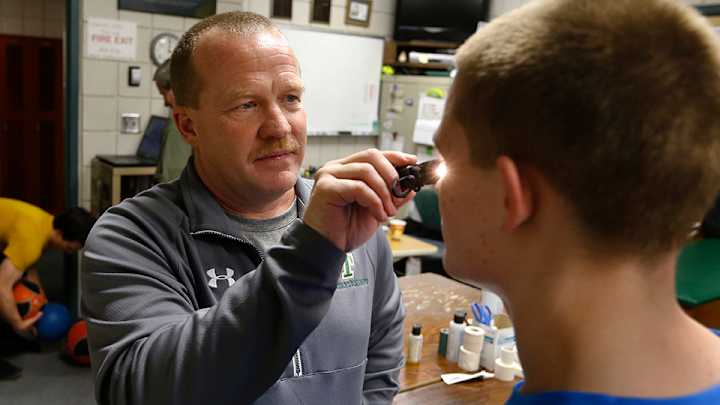
The Shipley School, a private pre-Kindergarten through 12th grade school just outside Philadelphia, drew national attention last year when it eliminated headers in middle school soccer. The move coincided with increased tension in the debate over how to approach concussion mitigation across all sports. But even though the school’s unique header policy generated buzz around the country, it was another initiative that had a wider influence on Shipley’s athletic program.
At the start of the 2014-15 academic year, Shipley embarked on an ambitious project: The school wanted to track every head impact received by its athletes.
Shipley’s head impact monitoring program involved the deployment of more than 100 head impact sensors to athletes across a number of sports, including soccer, basketball and lacrosse. (Shipley does not have a football team.) These students are required to wear them for every practice and game. The initiative, now in its second year, is an attempt to improve safety standards while contributing to long-term concussion research. It puts Shipley at the forefront of a select group of ambitious athletic programs willing to experiment with new technologies aiming to curb head trauma.
But as Shipley and other pioneers have discovered, implementing a head impact monitoring program isn’t easy. And while sensors have shown promise, some head trauma experts are skeptical of the nascent technology’s practical ability to promote head safety.
****
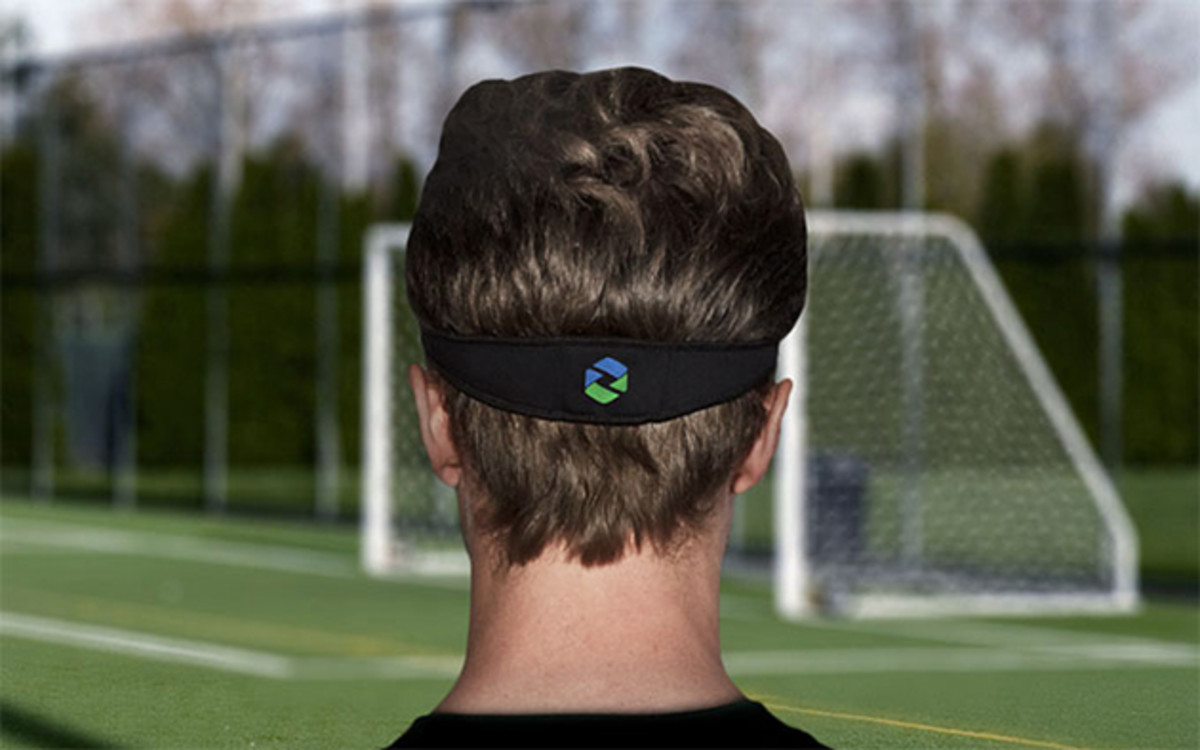
In theory, sensors could revolutionize the way we monitor head trauma. The monitors are usually attached through a headband, skullcap or helmet, and they purportedly measure the force exerted on the head. The sensors record every impact made above a certain threshold of G-force, and they trigger an alarm at another predetermined magnitude of force. The alarm serves to alert an athletic trainer or supervisor of a possible concussion.
Yet despite the promise these sensors have shown, the technology isn’t currently capable of reliably assessing whether a dangerous impact has occurred.
“We love new toys in the United States. So new technologies are always going to catch our eyes, and parents are always going to be tempted to buy the newest, biggest, best thing,” says Dawn Comstock, a professor at University of Colorado’s School of Public Health and a leading voice on concussion research. “But I would caution parents to be thoughtful about how they spend their money.”
Head impact sensors hold tremendous potential. They could provide a mechanism for conducting longitudinal studies on head trauma, allowing researchers to assess years of data on the frequency, magnitude and ramifications of head impacts. These studies could teach us more about why and how concussions tend to occur, as well as how subconcussive blows—a hit to the head that doesn’t result in a concussion—affect an athlete over a long period of time.
Tech Talk: A wearable for elite athletes like LeBron James and Michael Phelps
Long-term studies, conducted over the course of a season or several years, also have the potential to provide more information on the sports and practices that are most susceptible to head trauma. Concussion Legacy Foundation co-founder and executive director Chris Nowinski—who works with Shipley on its anti-concussion initiatives—says that sensors could be used like a “pitch count,” which could give players feedback on how to play the games and practice using better techniques.
Head impact sensors also act as a second set of eyes on the field. While a sensor isn’t capable of diagnosing a concussion, it can alert an athletic trainer to a potential danger. If an athlete’s sensor picks up an abnormally high impact, an athletic trainer could remove that player from the game to perform a concussion test. An athletic trainer might also decide to focus attention on one particular player if his or her sensor records an unusually high number of impacts.
At Shipley, which has teamed up with Nowinski’s Concussion Legacy Foundation, the University of Delaware and the Children’s Hospital of Philadelphia to institute the impact monitoring program, the sensors showed some immediate benefit in their first year. Kim Whelan, Shipley’s head athletic trainer, noted that the school’s varsity soccer teams didn’t have a single concussion last year, which she attributes partially to kids being more aware of the head impacts they were sustaining. But it’s unclear whether last season was an aberration, particularly because Shipley’s varsity soccer teams have sustained multiple concussions this fall.
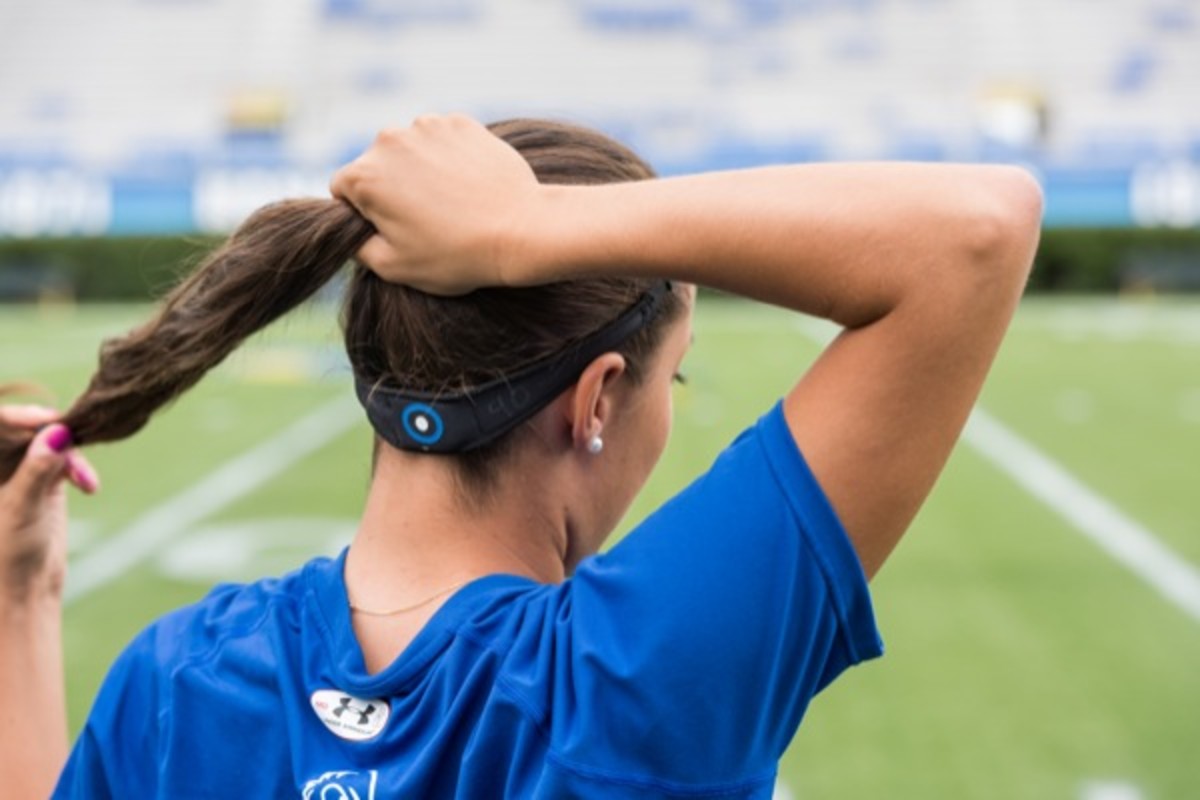
The promise of sensors will grow as technology improves. But experts are skeptical of their current value. Not only is a sensor program extraordinarily costly and time-consuming to manage, but achieving short-term practical use from the technology as it currently exists isn’t feasible for the majority of organizations. Most importantly, sensors do not mitigate the risk of a concussion.
“The technology we need is the human spotter for each player, so that every single player has a pair of eyes on him,” says Katherine Snedaker, a head safety advocate who founded awareness site SportsCapp.com and female concussion resource PinkConcussions.com. “I would rather have an athletic trainer on the field focused on the kids rather than looking at a laptop with data coming through that no one knows what to do with.”
***
The first issue with head impact sensors doesn’t relate to sensors at all: We still don’t know exactly what causes a concussion. There’s no particular force or angle at which an impact occurs that definitively determines whether an athlete sustains a concussion. So when organizations like the Shipley School determine the force threshold at which the sensor triggers an alarm, they’re basically guessing.
Shipley’s sensors are programmed to pick up any force above 20 G, and a hit that registers above 60 G automatically alerts athletic trainers. But Shipley assistant athletic trainer Kayleigh Jenkins recalls seeing a 110-G hit last year that didn’t cause a concussion, and she also remembers a 17-G impact that caused concussion symptoms.
It isn’t just difficult to set a uniform force threshold that triggers an alarm. It’s impossible. Each individual brain is different, and whether a concussion occurs depends on age, gender, size, injury history and a host of other variables, some of which are still unknown to medical experts.
A high we have to have: On football, concussions and accepting the past
“I think one of the biggest challenges if we talk about concussions is how individual it is,” says Kristy Arbogast, the co-scientific director and director of engineering for the Center for Injury Research and Prevention at the Children’s Hospital of Philadelphia. “My tolerance to injury may be very different than yours. It may vary by the direction our head moved.”
Adds Shipley athletic director Mark Duncan: “Every hit is different, every kid is different. That might be the biggest thing we have learned.”
Ideally, every sensor would be perfectly programmed for each individual head. But current technology does not allow for that sort of nuance.
Another technological shortcoming of the sensors is that they are vulnerable to false alarms. For example, if a player drops the sensor on the ground following a game, the device might record a high magnitude of force that resembles a substantial blow to the head. Such an error compromises the data if the system mistakes it for a real impact, unless an athletic trainer is watching and notes that an improper reading occurred. But most entities don’t have the resources for an athletic trainer to watch every play to determine whether a recorded impact was legitimate.
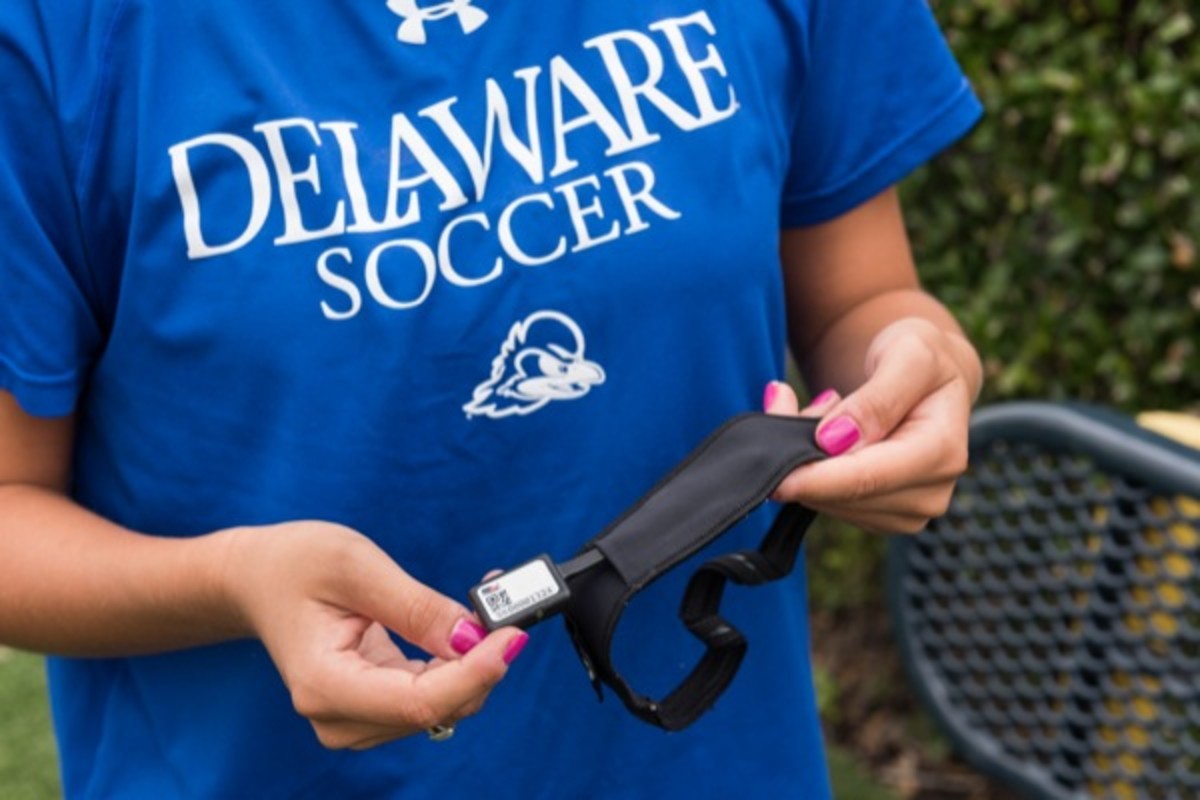
University of Delaware biomechanics fourth-year doctoral student Jaclyn Caccese, who serves as an adviser for Shipley’s sensor program, says that finding a way to limit false alarms is the most significant shortcoming of current head impact monitor technology.
“One of the problems with the data at Shipley is there’s not somebody there visually monitoring all of their impacts,” Caccese says. “Though I’m sure they’re using the system properly, [at Delaware] we have to throw out a lot of impacts because a girl takes off her headband.”
Even if the technology was reliable, creating and maintaining a functioning sensor program is a considerable drain on resources. At Delaware, where Caccese conducts her research, the school has game footage and multiple live observers at every game and practice to actually verify that each impact recorded by the sensors was legitimate. But most entities, even a private school like Shipley, do not have the resources for such an undertaking.
Shipley’s head impact monitors are supplied by Triax, whose sensors cost $149 apiece for small groups and slightly less for large groups like Shipley, which has more than 100 sensors. Base stations—Shipley owns four—start at $500 each. But deploying the sensors also requires trained staff members that know how to operate the technology, which is an even greater cost than the sensors.
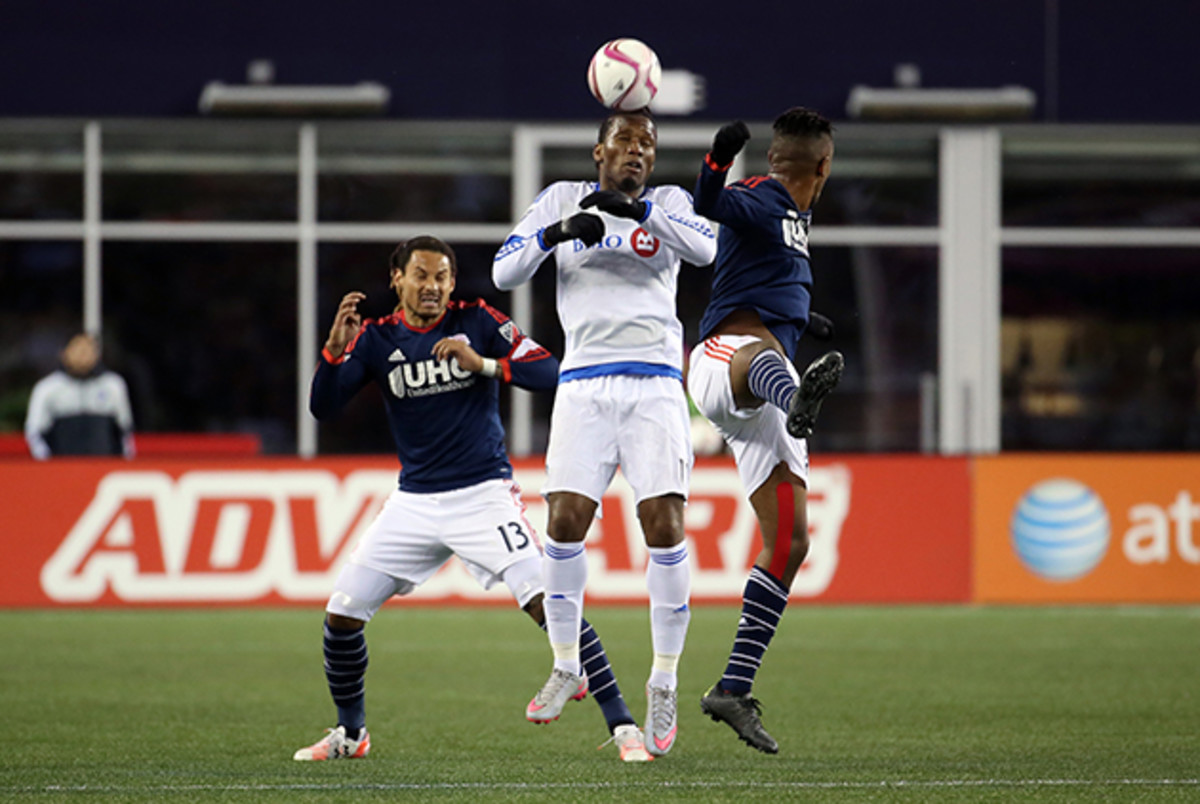
Beyond the financial expense, Shipley’s head impact monitoring program also demands a huge time commitment from the athletics staff.
“It’s many moving pieces that require people to be on top of them and make sure that the technology is working correctly. It can be frustrating at times because you’ve got all these different pieces of technology,” Duncan says. “There’s no one for us to call for advice because no one has really done it.”
Whelan, who is in her 17th year at Shipley, estimates that the sensors create 20–25% more work for the school’s athletic trainers. This year, because of the heavy workload, Shipley hired a second full-time athletic trainer. The school also receives help from a University of Temple student intern, who works with the school as part of the college’s athletic training curriculum. A robust sensor program requires constant upkeep and attention.
“Shipley is a pretty unique school in the sense that they have multiple full time athletic trainers, which a lot of high schools don’t have,” Caccese says. “And I think even with multiple full time athletic trainers they still feel a little overwhelmed by the system.”
***
Shipley is unique in that it can financially afford the sensors, but also that it has leadership willing to try a new technology. The school has been willing to innovate not just for the short-term benefits, but also because its leaders—particularly headmaster Steve Piltch—feel a sense of obligation to help solve the concussion crisis.
But researchers haven’t been able to figure out exactly how to approach the wide-ranging data provided by a sensor program.
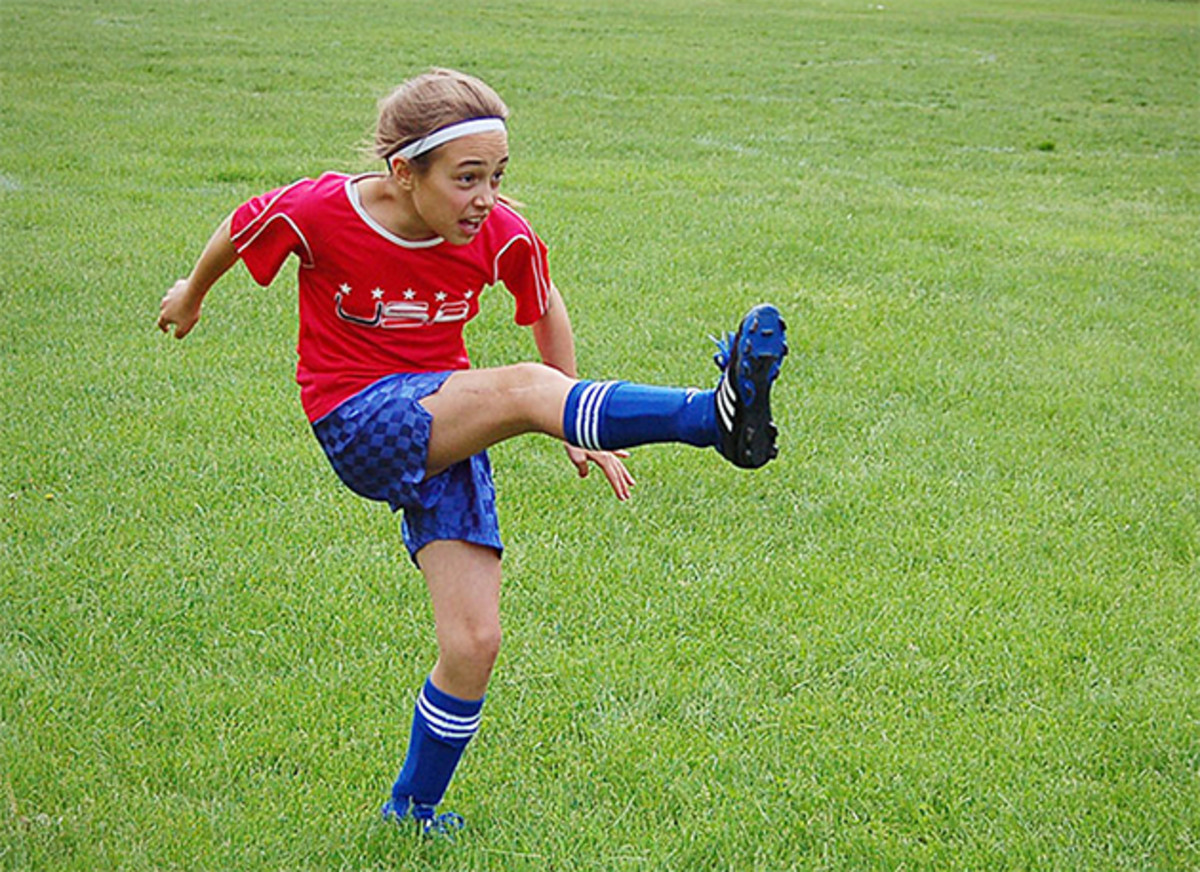
“At this point, we still have no idea what the data means,” Caccese says. “There are obviously limitations. The sensors don’t all measure the acceleration the same. It’s hard to make comparisons across studies because the sensors aren’t necessarily consistent. And the other limitation, especially in non-helmeted sports, is compliance, in terms of having the athletes wear their headbands consistently.”
This doesn’t mean the data is indecipherable or useless. Data can be compared across sports and between games and practices and can determine whether certain practice techniques should be re-assessed, for instance.
After just a few years on the market, sensors are growing more popular. Triax president and co-founder Chad Hollingsworth says that the company was only in 10 schools at this time last year. Triax now supplies sensors to more than 50 schools, and Hollingsworth is hoping to be in 200 schools in a year. Triax is just one of many companies that sells sensor technology.
As of today, head impact monitors still have serious limitations. Arbogast believes today’s sensors can be tremendously beneficial to researchers, despite the fact that many researchers are still determining how to assess the data. But she says cash-strapped schools should especially be wary of investing heavily in the technology, particularly if the money could be used in a more meaningful way.

“If the districts are using resources toward purchasing some of these equipment that aren’t shown to reduce the risk of injury as opposed to hiring another athletic trainer, I’d rather have an extra set of human eyes watching my athlete,” Arbogast says. “Because I think that’s where our current state of human knowledge is.”
A comprehensive sensor program requires extensive effort and funding without many immediate returns. Experts generally agree that head impact monitors are a promising technology, and schools like Shipley have already seen some benefits.
Comstock says that with technological advances, sensors could serve as important tools to physicians who are managing an athlete’s injury. They are also showing promise as a resource for research. But in their current form, impact monitors don’t offer any immediate protection for the brain.
“I would rather see all those high schools go out and even if they shared an athletic trainer, I’d rather see that than see them all go out and spend money on sensors,” Comstock says. “It’s not nearly as exciting as a new toy though, I understand.”
